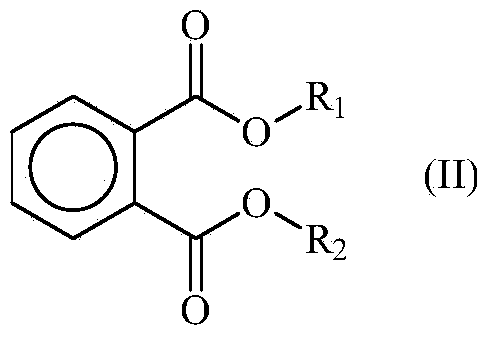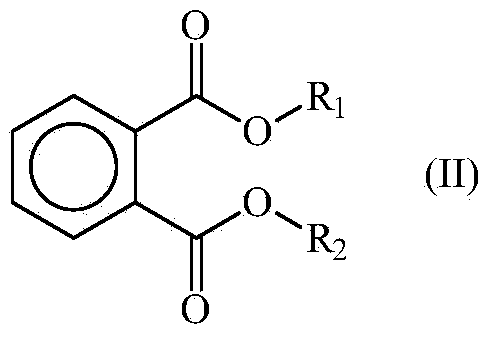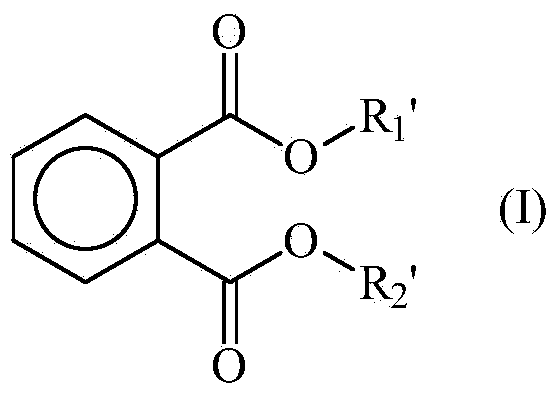Process for the preparation of polypropylene with low ash content
A polypropylene and propylene technology, applied in the field of high yield of polypropylene, can solve the problems of time-consuming process, troublesome purification and high cost
- Summary
- Abstract
- Description
- Claims
- Application Information
AI Technical Summary
Problems solved by technology
Method used
Image
Examples
Embodiment
[0178] A. Determination method
[0179] Unless otherwise stated, the following definitions of terms and determination methods apply to the above description of the present invention including the claims and the following examples.
[0180] Microstructural quantification by NMR spectroscopy
[0181] Quantitative nuclear magnetic resonance (NMR) spectroscopy was used to quantify the tacticity, regio-regularity, and comonomer content of the polymers.
[0182] use for 1 H and 13 C Bruker Advance III 400NMR spectrometers operating at 400.15MHz and 100.62MHz respectively to record the quantitative 13 C{ 1 H} NMR spectrum. At 125°C, with nitrogen for all cavities, by using 13 C Optimal 10mm extended temperature probe to record all spectra.
[0183] For polypropylene homopolymers, dissolve approximately 200 mg of material in 1,2-tetrachloroethane-d 2 (TCE-d 2 )middle. To ensure a homogeneous solution, after initial sample preparation in the hot zone, the NMR tubes were furthe...
PUM
 Login to View More
Login to View More Abstract
Description
Claims
Application Information
 Login to View More
Login to View More - R&D
- Intellectual Property
- Life Sciences
- Materials
- Tech Scout
- Unparalleled Data Quality
- Higher Quality Content
- 60% Fewer Hallucinations
Browse by: Latest US Patents, China's latest patents, Technical Efficacy Thesaurus, Application Domain, Technology Topic, Popular Technical Reports.
© 2025 PatSnap. All rights reserved.Legal|Privacy policy|Modern Slavery Act Transparency Statement|Sitemap|About US| Contact US: help@patsnap.com



